BY ANA RUIZ
“Heritage is our legacy from the past, what we live with today, and what we pass on to future generations. Our cultural and natural heritage are both irreplaceable sources of life and inspiration.” Quote by UNESCO.
We always get more interested if a site is recognized as a world heritage site by UNESCO, but sometimes we don’t fully understand what that term implies. UNESCO is an organization of the United Nations that focuses on matters related to science, education, and culture. The division of World Heritage sites arose out of the need to protect prominent places with unimaginable value—To keep them safe from armed conflicts, deliberate destruction (e.g., vandalism), economic pressure (massive consumption for monetary advantage), natural disasters and climate change.
After the indiscriminate destruction of important cultural sites during the World Wars, people realized the importance of keeping legacies safe around the globe. The first World Heritage convention took place in 1972, awaking a new era of helping each other protect the cultural and natural heritage that is worthy of keeping throughout human existence.
How does it work?
Twenty-one elected members discuss and vote to label a place as a World Heritage Site. One of the following requirements must be met:
1. Being a masterpiece of human creative genius;
2. To exhibit an important interchange of human values, on developments in architecture or technology, monumental arts, town-planning or landscape design;
3. To bear a unique testimony to a cultural tradition or to a civilization which is living or which has disappeared;
4. To be an outstanding example of a type of building, architectural or technological ensemble or landscape which illustrates (a) significant stage(s) in human history;
5. To be an outstanding example of a traditional place representative of a culture where it has a vulnerability of irreversible changes.
6. To be directly or tangibly associated with events or living traditions, with ideas, or with beliefs, with artistic and literary works of outstanding universal significance.
7. To contain superlative natural phenomena or areas of exceptional natural beauty and aesthetic importance;
8. To be outstanding examples representing major stages of earth’s history, including the record of life, significant on-going geological processes in the development of landforms, or significant geomorphic or physiographic features;
9. To be outstanding examples representing significant on-going ecological and biological processes in the evolution and development of terrestrial, freshwater, coastal and marine ecosystems and communities of plants and animals;
10. To contain the most important and significant natural habitats for in-situ conservation of biological diversity, including those containing threatened species of outstanding universal value from the point of view of science or conservation.
(UNESCO, 2005)
So yep, they are a lot more than just a pretty place. They are evidence of the pure connection between human beings and nature.
One of the benefits of being considered a World Heritage Site is that they are promoted internationally, and if they suffer any damage, the international community would be willing to cooperate to restore or further the preservation of the heritage. Along with the treaty, there also come obligations of aligning budgets and laws that ensure the site’s protection.
We strongly recommend you create a World Heritage Bucket List and experience first-class legacies! Mexico is proud to host 35 of them! Ready for a quick virtual photo jaunt of some of them?
Download and print out our Mexican World Heritage Sites and let’s check off those boxes together! Luxury and heritage have never been closer, be part of the bespoke experience.
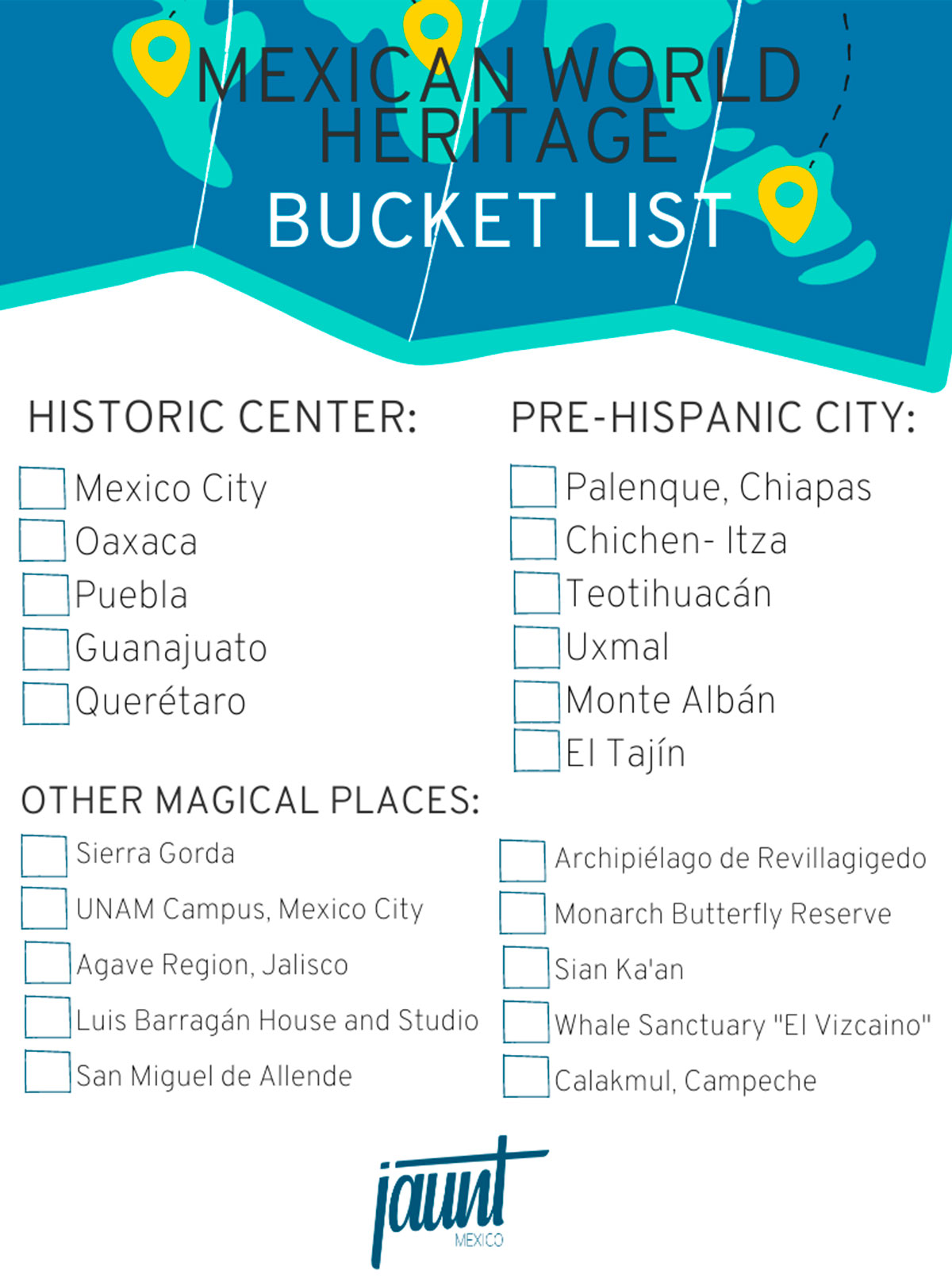
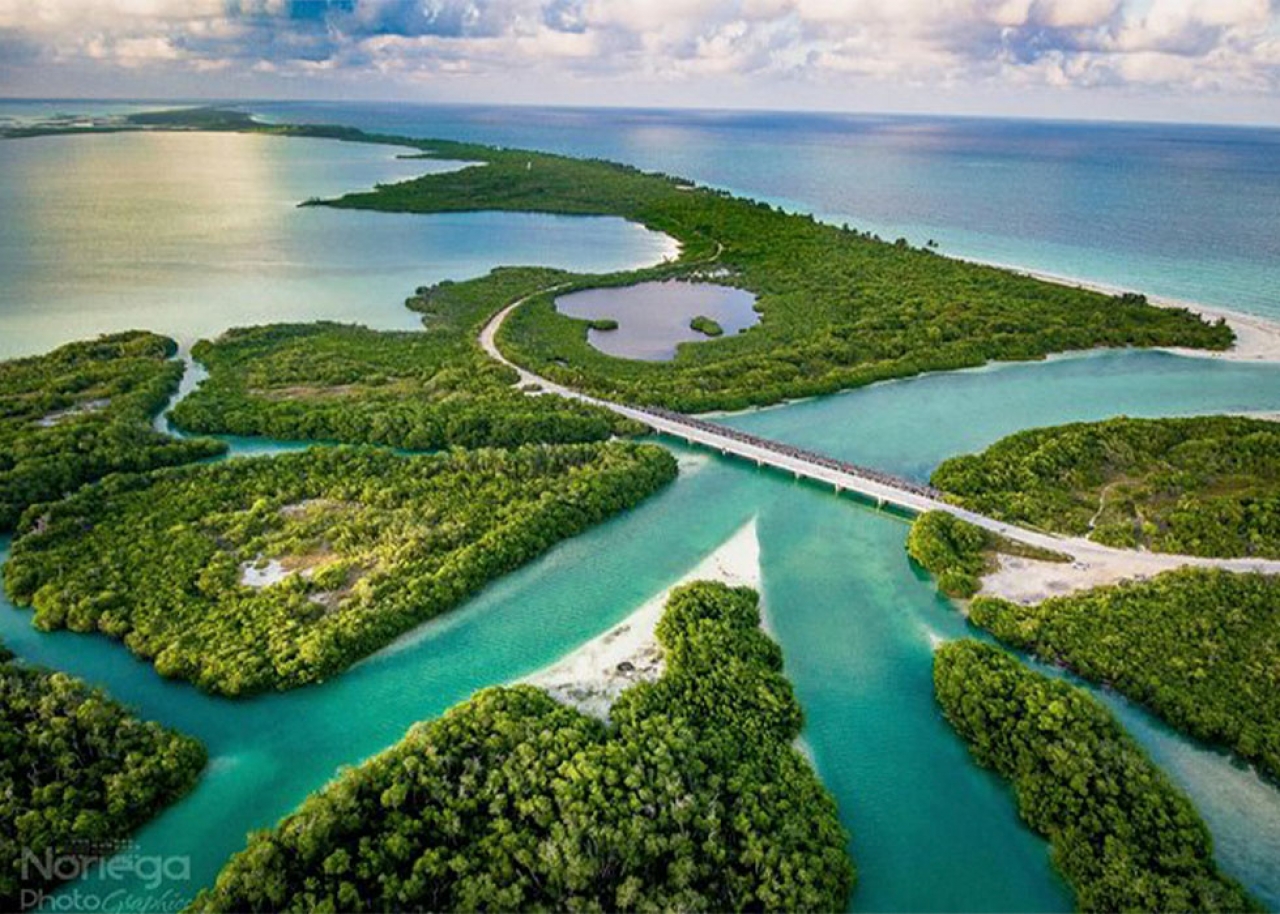
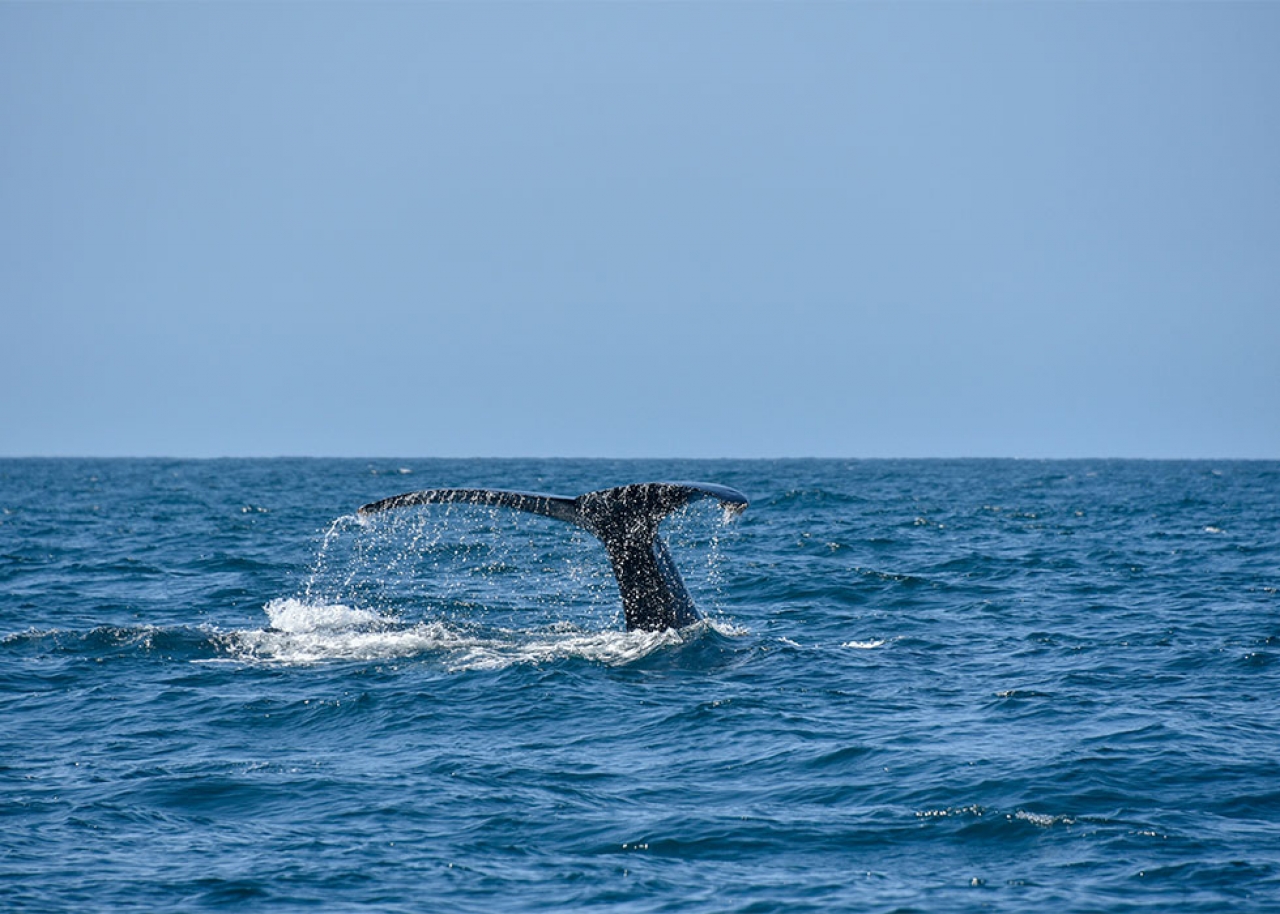
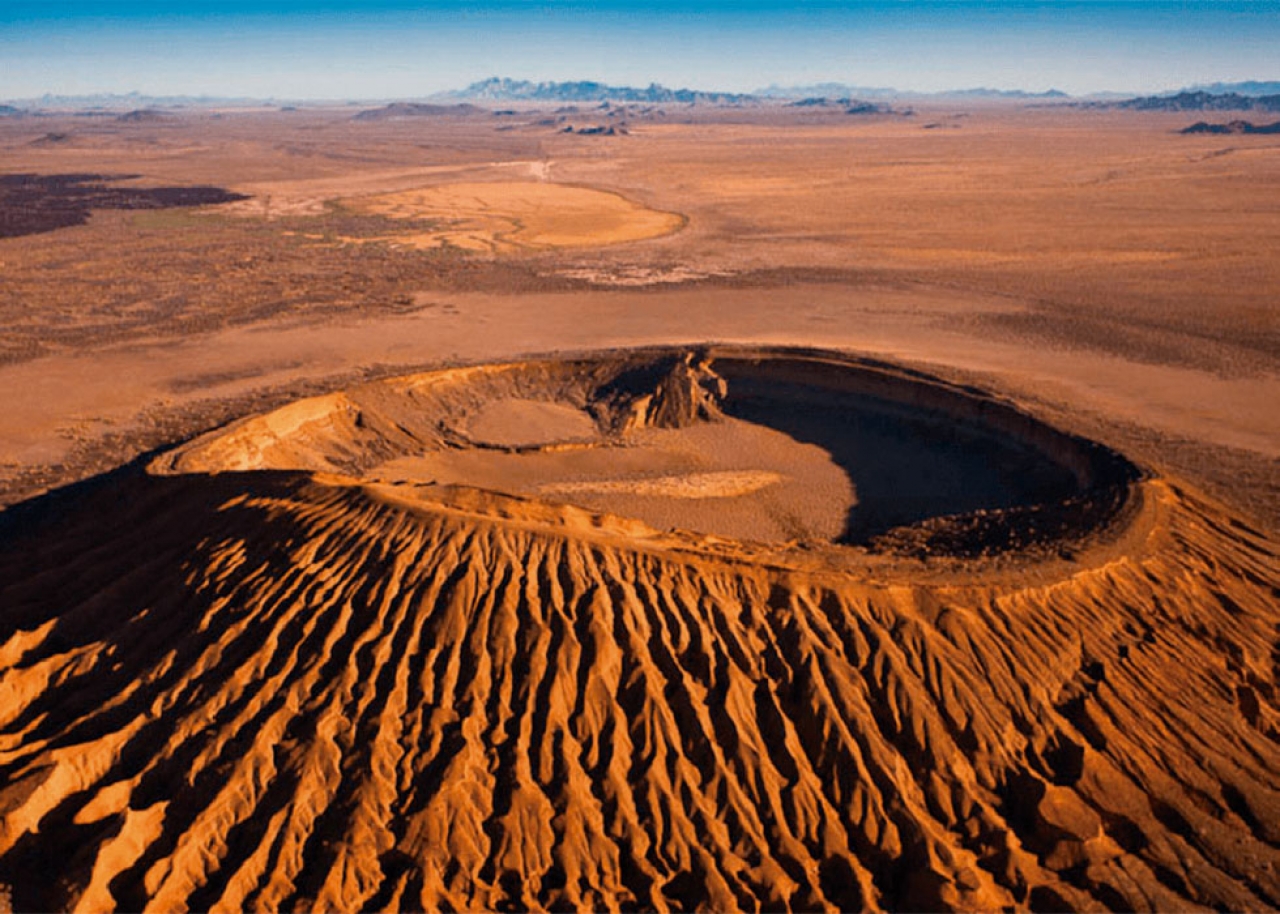
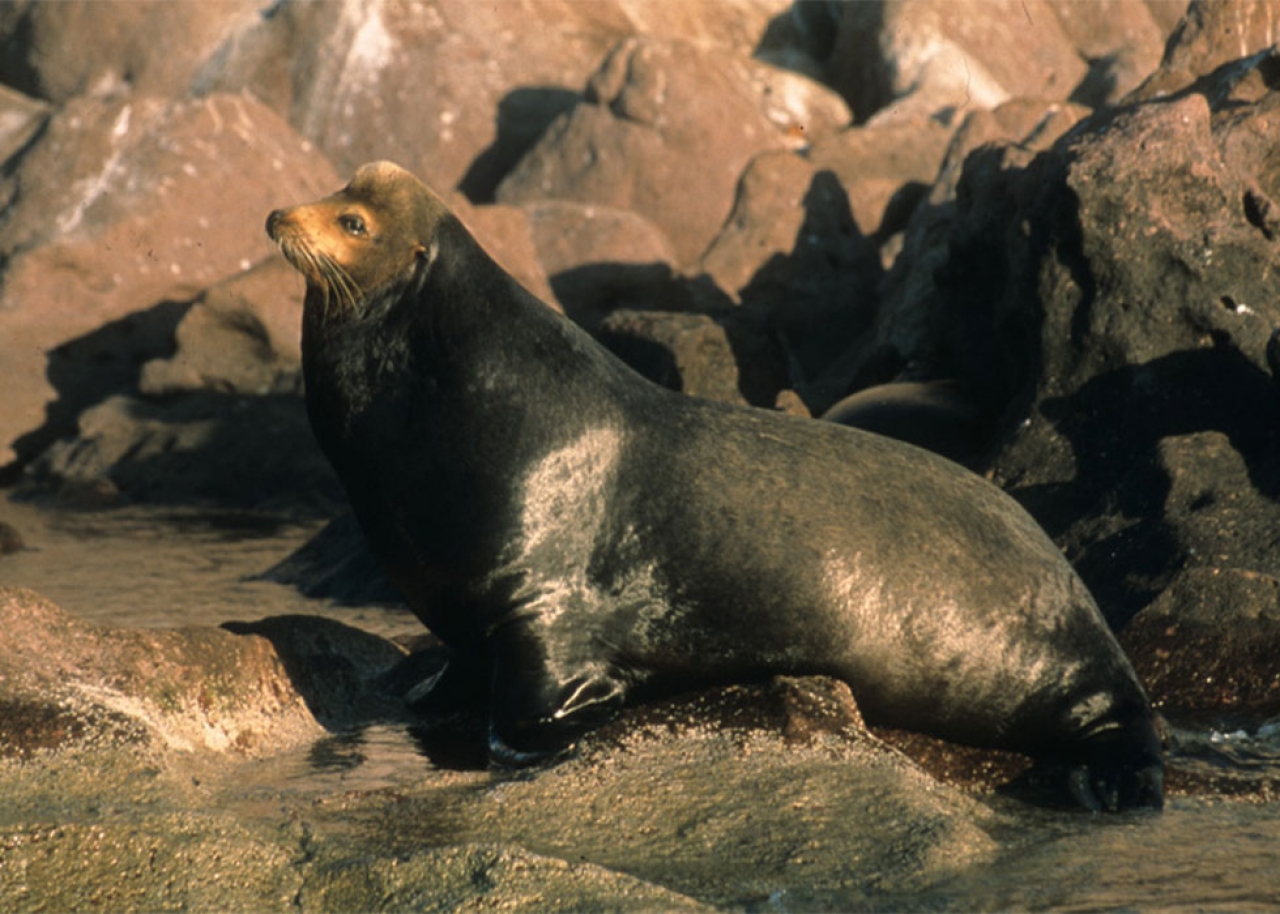
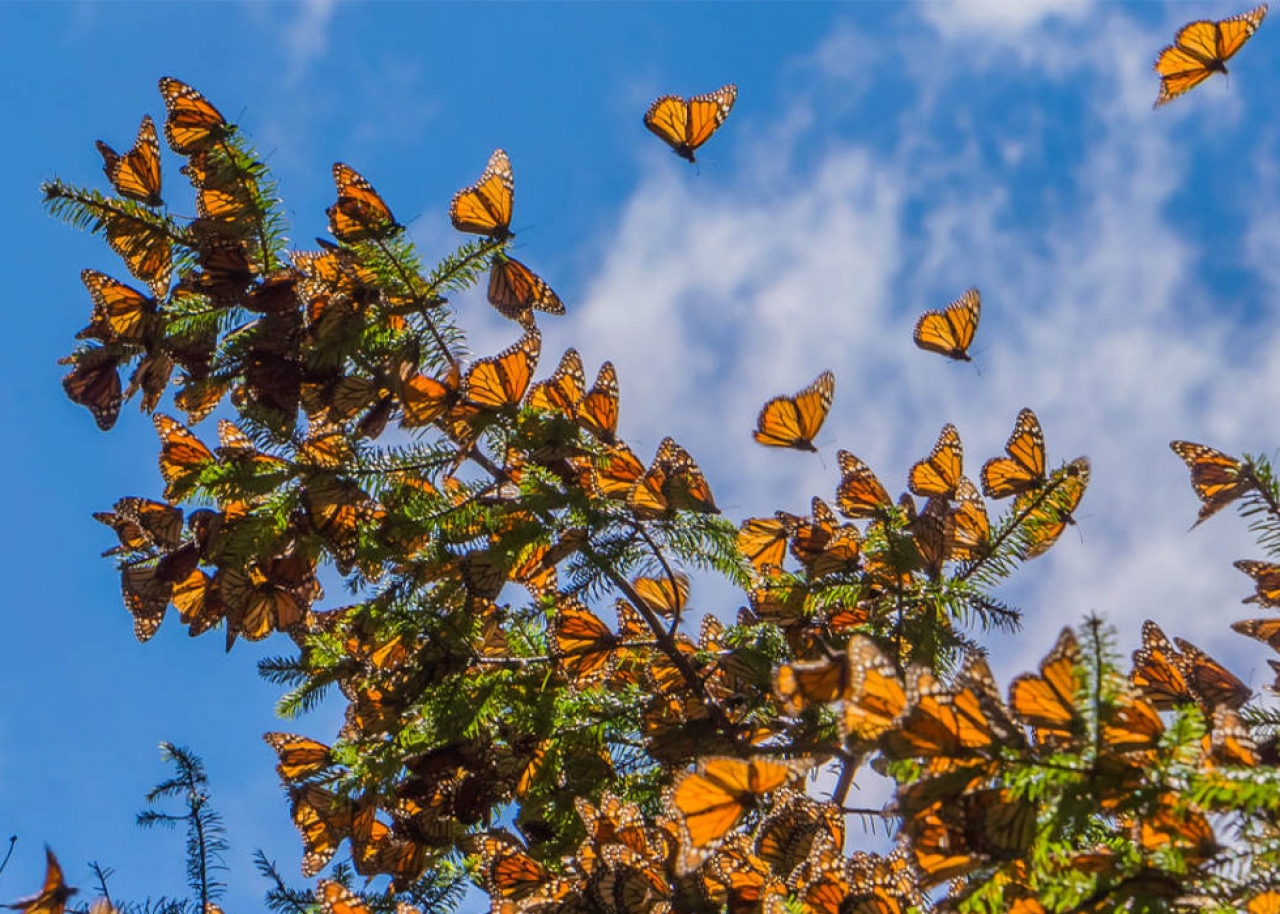

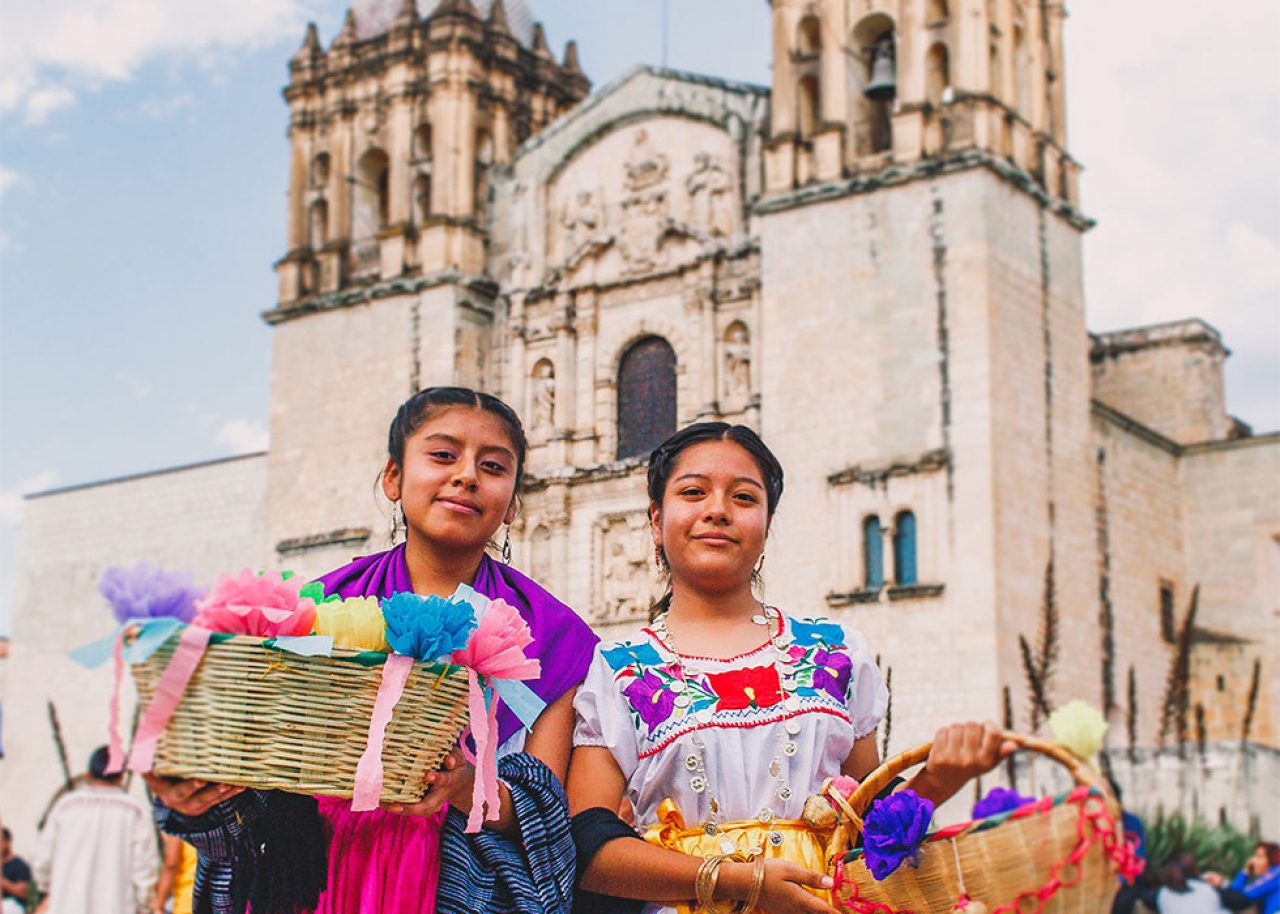
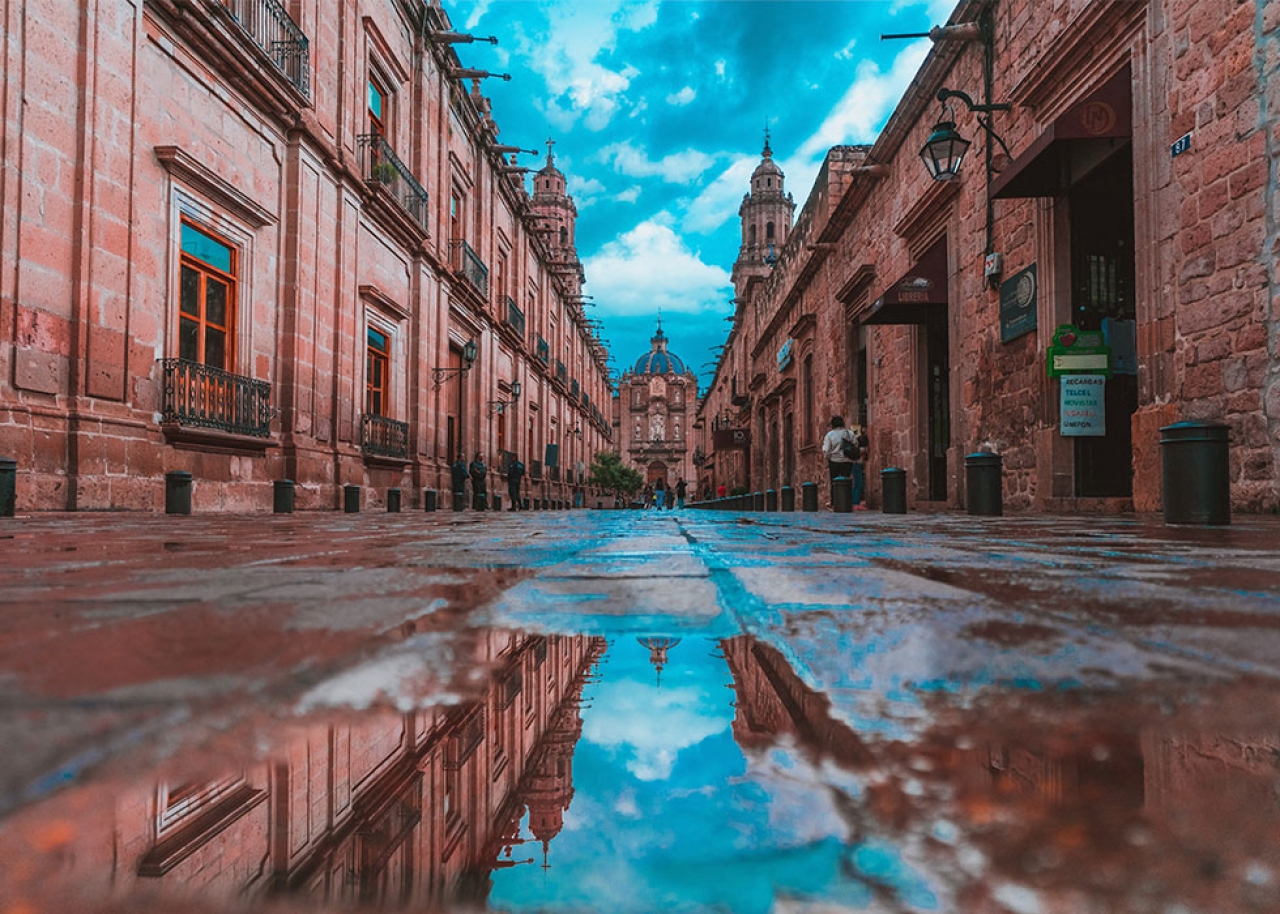
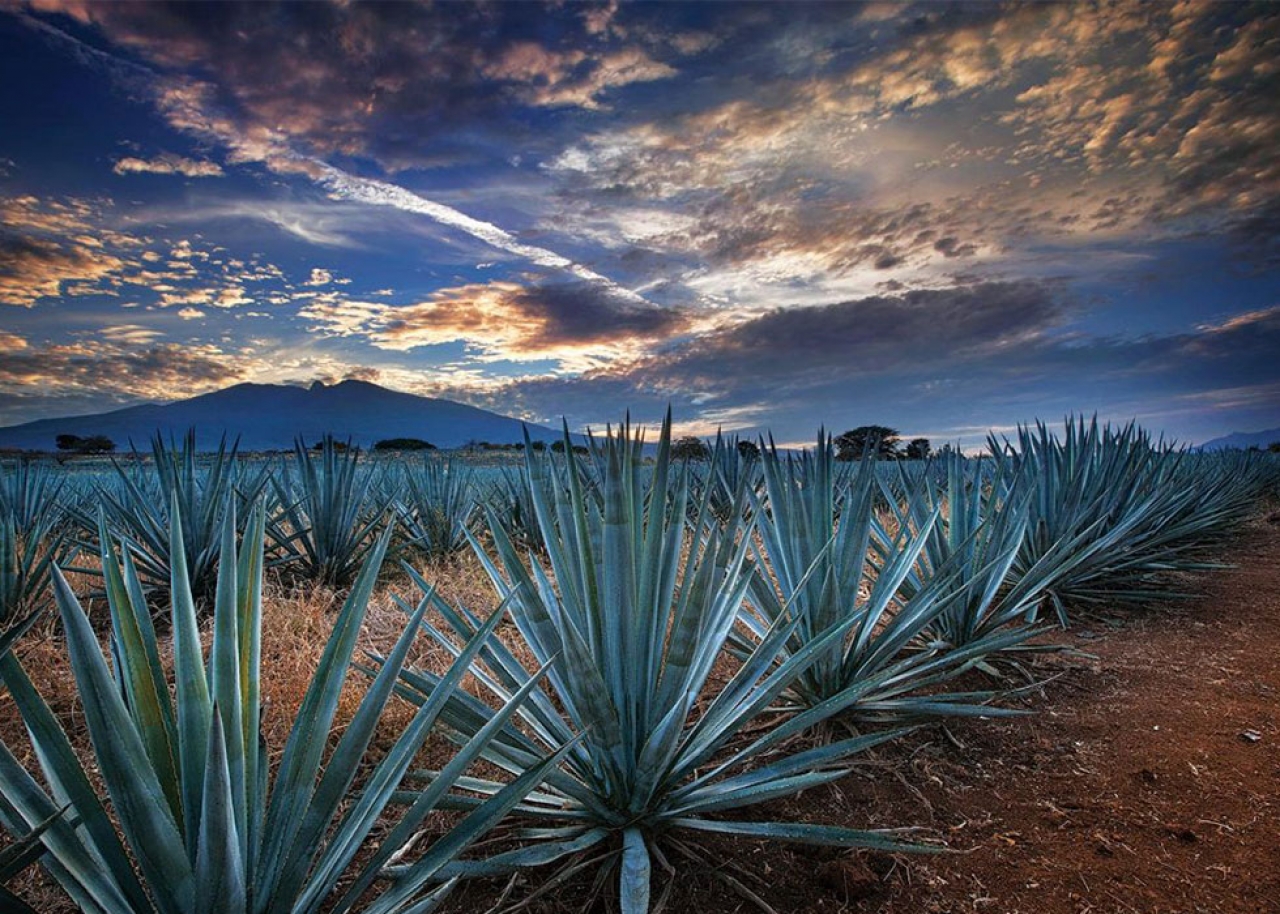
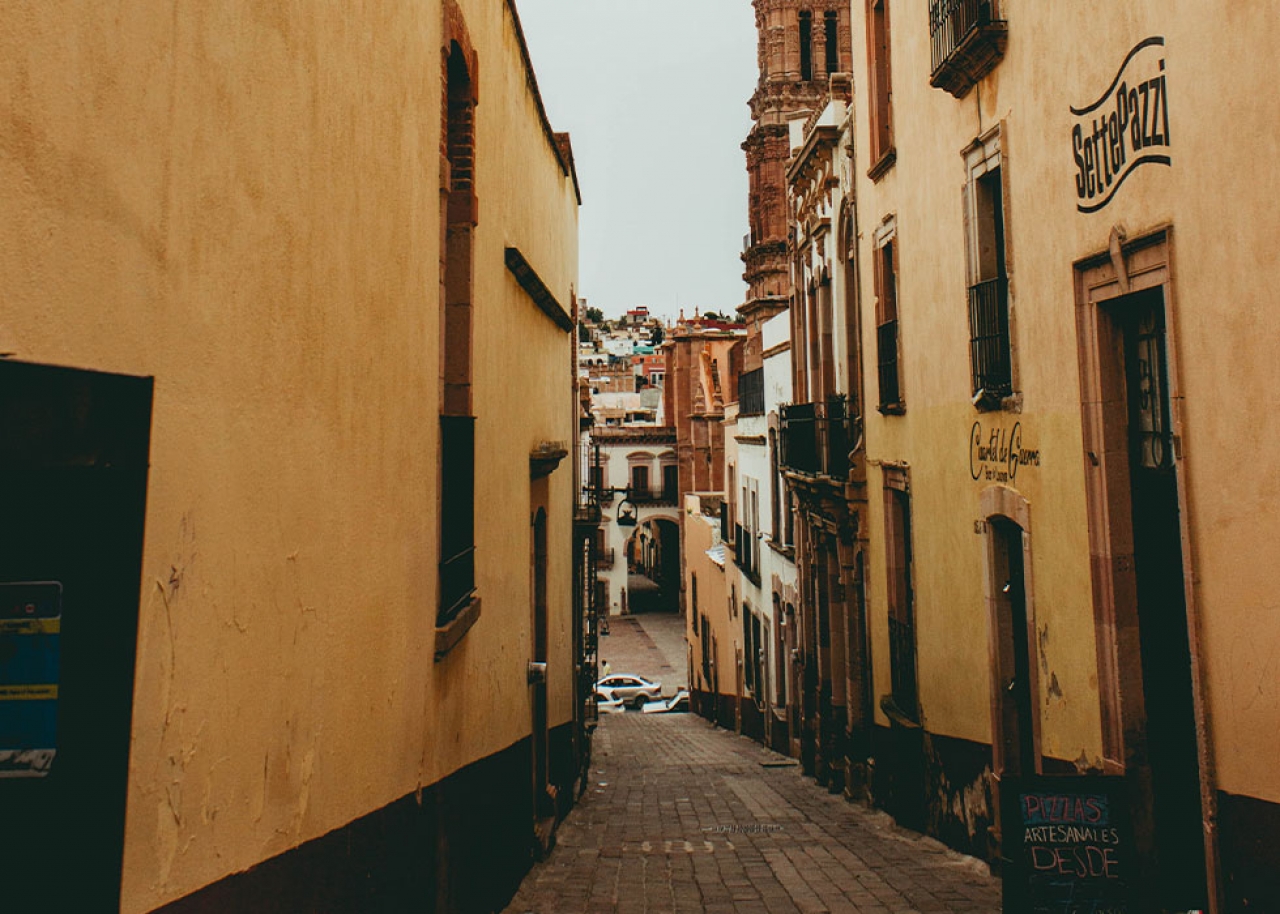
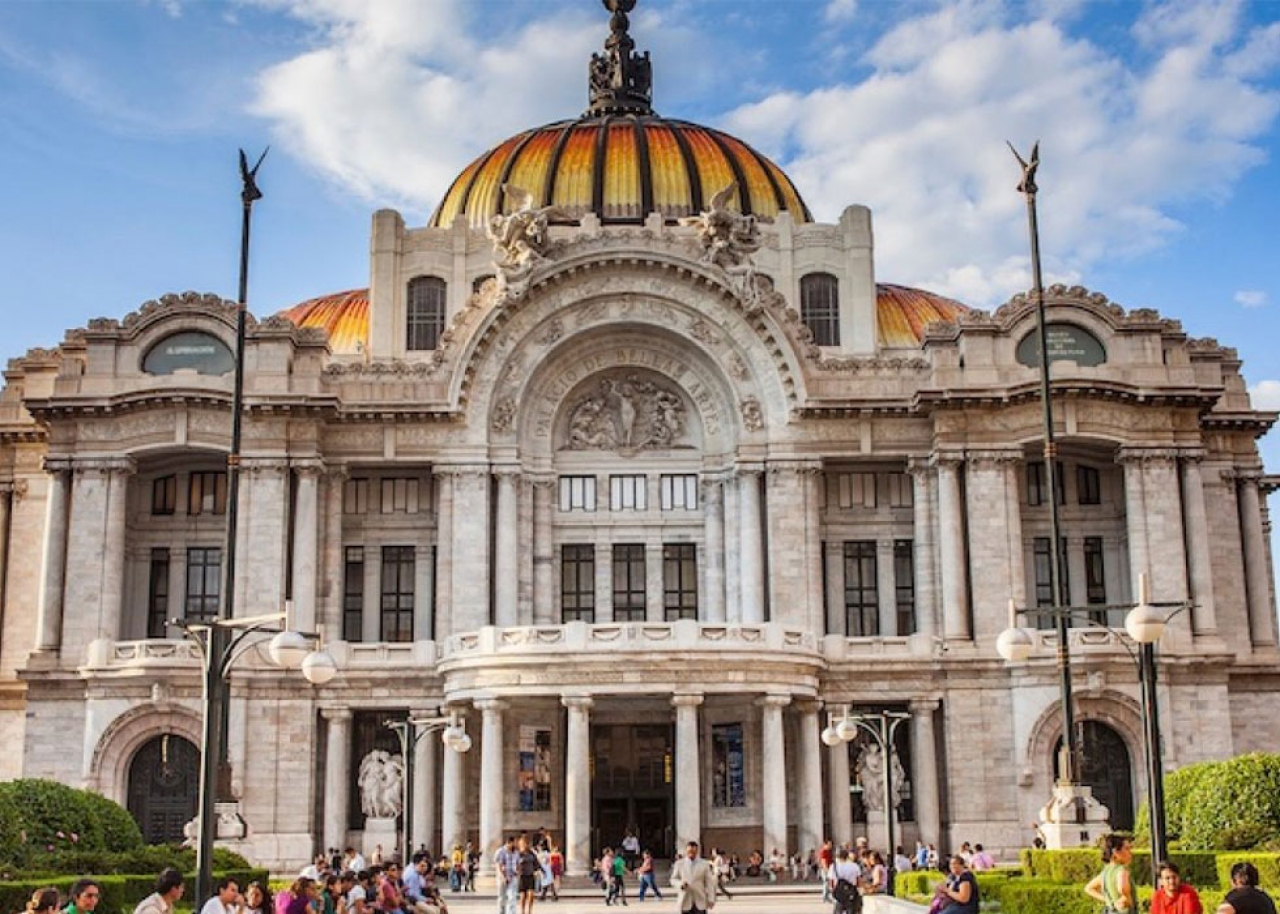

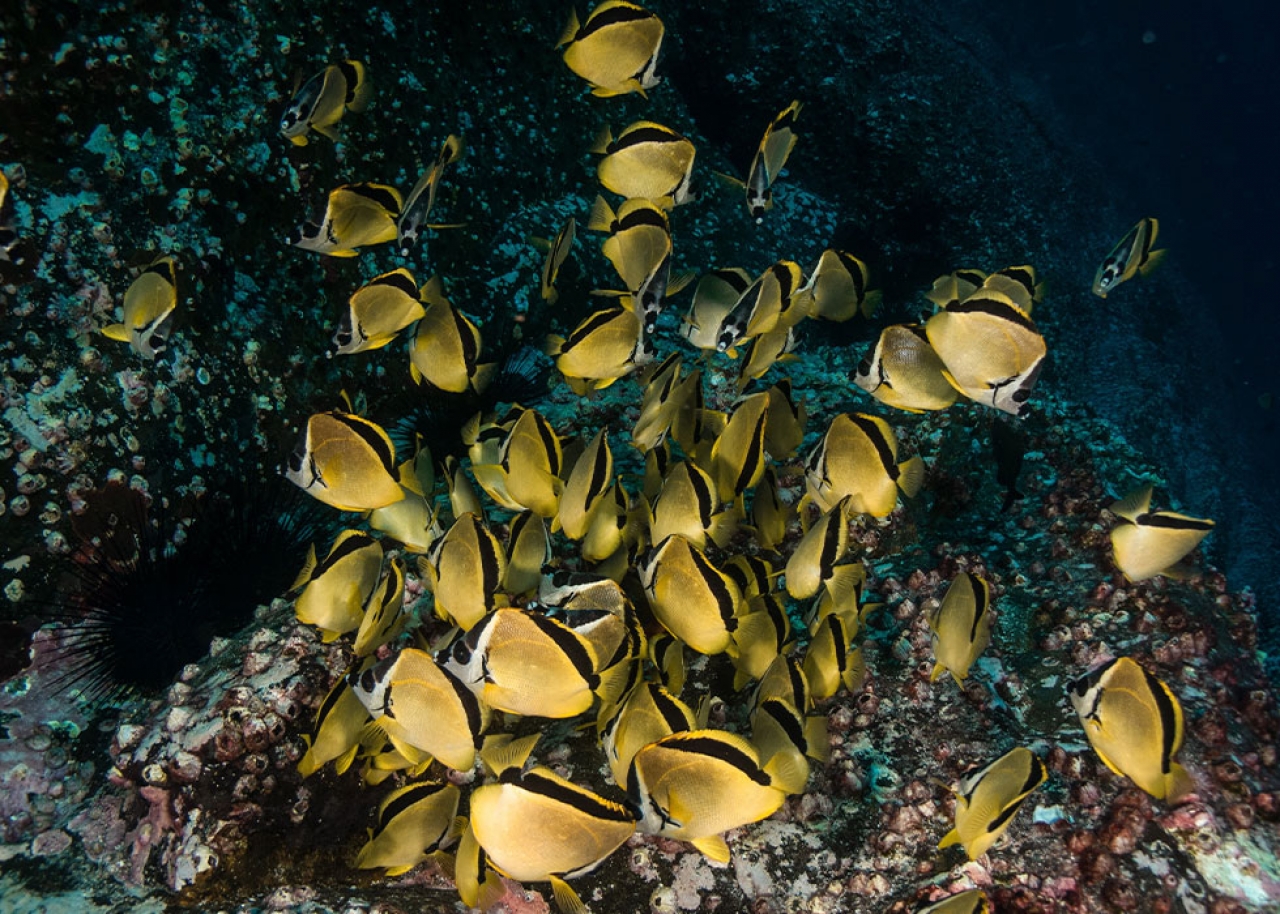
References:
Sian Ka’an Biosphere Tour. Retrieved from https://www.viator.com/tours/Playa-del-Carmen/SIAN-KAAN-BIOSPHERE-RESERVE-TOUR-FROM-PLAYA-DEL-CARMEN/d5501-55848P34
Hidalgo, C. (2018). Reserva de la Biósfera El Pinacate y Gran Desierto de Altar, Sonora #PatrimoniosUNESCOMx. Retrieved from https://mas-mexico.com.mx/reserva-de-la-biosfera-el-pinacate-y-gran-desierto-de-altar-sonora-patrimoniosunescomx/
(2017). Mariposas Monarcas. Retrieved from https://fundacioncarlosslim.org/mariposas-monarcas-llegan-a-los-santuarios-michoacan/
Satisfacer al turista, apuesta fuerte de Campeche. Retrieved from https://bestbuenestilosaludyturismo.wordpress.com/tag/calakmul/
Islas, B. (2017). Tequila, Jalisco ¿Qué hacer y cómo llegar a este Pueblo Mágico? Retrieved from https://www.mexicodesconocido.com.mx/tequila-jalisco-cosas-que-hacer.html
Hernández, F. (2019). Publican guía para conocer historia del Palacio de Bellas Artes. Retrieved from https://centrourbano.com/2019/05/06/publican-guia-para-conocer-historia-del-palacio-de-bellas-artes/
References:
(2020).¿QUÉ ES LO QUE HAY QUE TENER PARA SER PATRIMONIO DE LA HUMANIDAD?. Retrieved from https://viajes.nationalgeographic.com.es/lifestyle/que-es-que-hay-que-tener-para-ser-patrimonio-humanidad_1519
UNESCO World Heritage Sites in Mexico. Retrieved from https://whc.unesco.org/en/statesparties/mx
